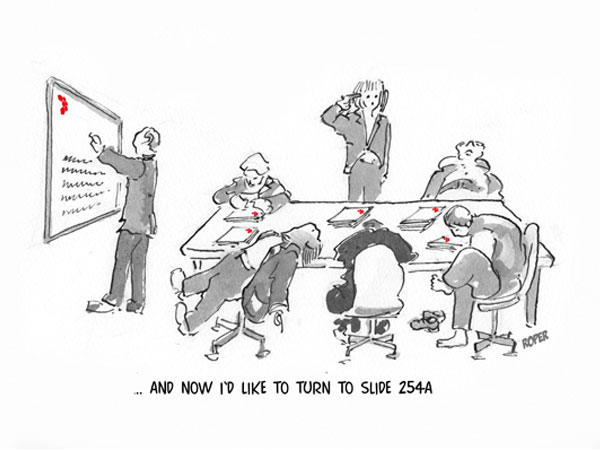Quiet Quitting isn’t just some fad on TikTok, Gallup analysis recently published shows it’s a real-life wakeup call for leaders.
The Gallup Organisation’s Global Workplace Report for 2023 was published recently, and shows disturbing levels of employee disengagement.
First the bad news….
Loud quitters (those employees who are clearly disengaged by their harmful actions in the workplace) comprised 18% of the workforce.
A monumental 59% of the world’s workers reported quiet quitting. This is when an employee disengages with their work, fulfilling their core responsibilities but nothing more. You can expect employees in this state in your company to give you minimum initiative, innovation and creativity.
And stress levels move parallel to engagement levels. 56% of employees report feeling stressed when actively disengaged; this dwindles to 30% if engaged.
The good news, though…
…is that, while loud quitters indicate a toxic culture that needs immediate attention, it is far easier for you to address quiet quitting, and if you do, you will make your company far more successful.
It’s actually not that difficult to re-engage quiet quitters, with some conscious changes to your company culture and workplace. “Quiet-quitting employees are your organisation’s low-hanging fruit for productivity gains. They are ready to be inspired and motivated — if they are coached in the right way,” says Gallup
The culture that today’s employees want starts with healthy, respectful leadership founded on coaching, giving recognition and well-constructed feedback, setting clear goals and success metrics and giving people the opportunity to do what they’re good at and play to their strengths.
Taking action in this way can boost overall engagement levels, positively impacting your organisation’s culture and performance.
What steps can you take as a business leader?
- Very often, problems such as quiet quitting or a lack of engagement can feel very intangible to a leader. The first step therefore is for you to recognise the behaviour you’re seeing and become more aware and understanding of what’s happening.
- It’s unlikely that a ‘standard’ job description will help you solve this issue. When we talk to our clients about job descriptions, they usually tell us they’re either in a drawer gathering dust or have become a very long and ever-increasing list of tasks. Neither of these makes for an engaged employee.
- We always recommend that the job description is evolved in such a way as to make it high-level and simple, really engaging for the person doing that role, and (most importantly) focused on successful deliverables for the business rather than a long list of activities.
- Next, to raise levels of engagement in your employees you need to listen to them properly. This means finding the time and ring-fencing regular 1 to 1 meetings with them, to find out what their concerns and motivations are. These meetings are also the best opportunity you’ll have to coach them. By doing so, you will increase their levels of accountability and engagement, they’ll show more initiative, and they’ll take ownership of their job and pride in their performance.
- One size doesn’t fit all. Only by finding out what each employee uniquely needs to be engaged can you really tailor your approach. Some may value career development opportunities, some may want flexibility around their working hours. and some might be motivated by a bonus.
Flex your management style
You can make great progress with engagement by first listening to and understanding the ‘reward’ structure that is most motivational to any one individual, then flexing your management style.
If you’re concerned about quiet quitting in your business and you’d like to talk through the challenges you’re facing, do contact Amanda on 07770 221166 or ab@leaderslab.co.uk.
